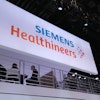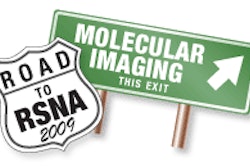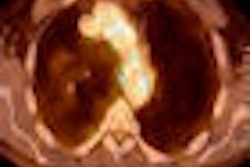Sunday, November 29 | 11:05 a.m.-11:15 a.m. | SSA12-03 | Room S504CD
In this scientific session presentation on Sunday, researchers from Johns Hopkins University School of Medicine in Baltimore plan to demonstrate an MRI-based in vivo cellular imaging method that could provide an early and noninvasive prediction of T cell response after vaccination.Melanoma tumor vaccines are used clinically to boost a patient's immune system. To be effective, immunosurveillant dendritic cells (DCs) need to travel to lymph nodes and present tumor antigen to cytotoxic T cells.
"We would 'hitchhike' within these tumors cells and label them in vivo with iron oxides that have magnet properties that can be seen on MRI," said Christopher Long, Ph.D. "In doing so, we were able to monitor those cells to see where they went. Ideally, we would want them to travel to a lymph node where they would interact with T cells, which are the responder cells in the immune system."
Researchers chose MRI because of its ability to image almost everywhere in the body without disturbing any tissues. The noninvasive, in vivo imaging modality also doesn't expose patients to any ionizing radiation. "In many ways, it was the perfect imaging modality," Long added, "since we are not developing any new contrast agents that have to go through FDA approval."
Preclinical work was performed on a 9.4-tesla MRI because mice lymph nodes are so small. Long expects 3-tesla MRI will be sufficient if and when human clinical trials begin. "The lymph nodes that are responding to the vaccines should be at least a centimeter, if not larger, which volumetrically is hundreds of thousands times larger than what we are seeing with a mouse," Long said. "With a lower field strength, we should be able to get the same resolution."
Long said the preclinical studies "look promising." Researchers currently are in the process of obtaining funding for clinical studies.




















